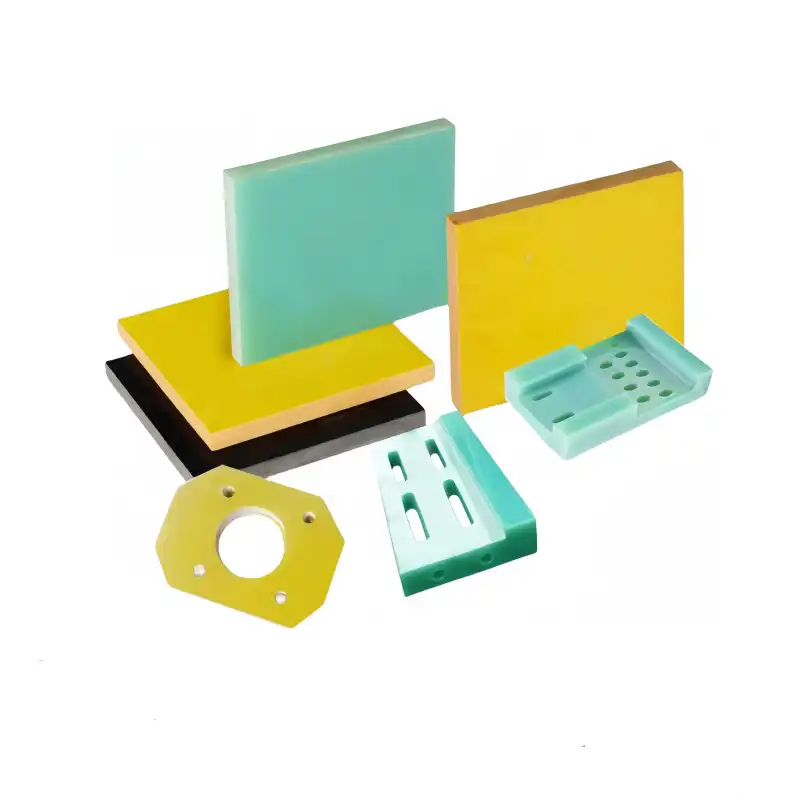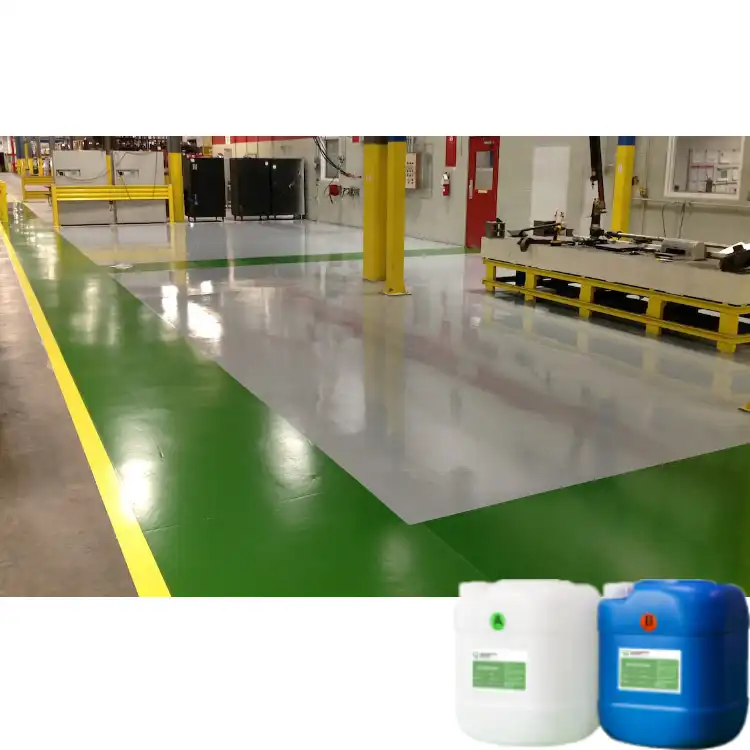The application field of glass fiber
2024-12-30 16:35:54
Glass fiber, a versatile and robust material, finds its way into numerous applications across various industries. Its exceptional properties, including high tensile strength, thermal resistance, and electrical insulation, make it an indispensable component in modern manufacturing and construction. From aerospace to automotive, marine to infrastructure, glass fiber's reach extends far and wide. Its ability to be molded into complex shapes while maintaining strength and durability has revolutionized product design and engineering. Moreover, glass fiber's role in enhancing energy efficiency and reducing environmental impact has positioned it as a key player in sustainable development initiatives worldwide. As we delve deeper into the multifaceted world of glass fiber applications, we'll uncover how this remarkable material continues to shape our present and future.
Aerospace and Defense Applications
Lightweight Structural Components
In the aerospace industry, glass fiber composites play a crucial role in manufacturing lightweight structural components. These materials significantly reduce aircraft weight, leading to improved fuel efficiency and increased payload capacity. Glass fiber-reinforced polymers (GFRPs) are utilized in creating fuselage panels, wing sections, and interior components. Their high strength-to-weight ratio makes them ideal for constructing parts that can withstand the extreme conditions of flight while minimizing overall mass.
Radar-Transparent Structures
Glass fiber's unique electromagnetic properties make it an excellent choice for radar-transparent structures in both military and civilian applications. Radomes, which protect radar antennas from environmental factors, are often constructed using glass fiber composites. These materials allow radio waves to pass through with minimal interference, ensuring optimal radar performance. In defense applications, glass fiber is used in stealth technology, helping to reduce the radar cross-section of military vehicles and aircraft.
Thermal Protection Systems
The aerospace industry relies on glass fiber for thermal protection systems in spacecraft and hypersonic vehicles. Glass fiber-based materials, such as silica fiber tiles, provide excellent insulation against the extreme temperatures encountered during atmospheric reentry. These materials protect the vehicle's structure from the intense heat generated by air friction, ensuring the safety of both crew and sensitive equipment. The thermal stability of glass fiber makes it an indispensable component in space exploration and advanced aviation.
Construction and Infrastructure
Reinforcement in Concrete Structures
Glass fiber reinforced concrete (GFRC) has revolutionized the construction industry by offering a durable and corrosion-resistant alternative to traditional steel reinforcement. GFRC is used in a wide range of applications, from façade panels and architectural elements to bridge decks and tunnel linings. The material's high tensile strength and low weight make it ideal for creating intricate designs and large-scale structures. Additionally, glass fiber reinforcement helps prevent cracking and improves the overall longevity of concrete structures, reducing maintenance costs and extending service life.
Insulation Materials
Glass fiber's excellent thermal and acoustic insulation properties have made it a staple in the construction industry. Glass wool and fiberglass insulation are widely used in residential and commercial buildings to improve energy efficiency and sound attenuation. These materials are easy to install, fire-resistant, and provide consistent performance over time. In addition to traditional insulation, glass fiber is also used in more advanced applications such as vacuum insulated panels (VIPs) for ultra-high performance thermal insulation in buildings and refrigeration units.
Composite Reinforcement in Infrastructure
Glass fiber reinforced polymers (GFRPs) are increasingly being used to strengthen and repair aging infrastructure. Bridge rehabilitation projects often utilize GFRP sheets or rods to reinforce concrete beams and columns, extending the lifespan of these critical structures. In corrosive environments, such as coastal areas or chemical plants, glass fiber composites offer superior durability compared to traditional materials. Their use in pipelines, storage tanks, and marine structures showcases the material's versatility and resistance to harsh conditions.

Industrial and Consumer Applications
Electrical and Electronic Components
The electrical and electronics industry heavily relies on glass fiber for its excellent insulating properties and dimensional stability. Glass fiber-reinforced laminates, such as FR-4, serve as the backbone of printed circuit boards (PCBs) in a wide range of electronic devices. These materials provide the necessary electrical insulation while maintaining structural integrity under varying temperature conditions. Glass fiber is also used in the production of high-voltage insulators, bushings, and other electrical components that require superior dielectric strength and resistance to tracking and erosion.
Automotive and Transportation
In the automotive sector, glass fiber composites have ended up progressively well known for their capacity to diminish vehicle weight and make strides fuel productivity. Body panels, insides components, and underhood parts are frequently made utilizing glass fiber-reinforced plastics. These materials offer amazing quality, affect resistance, and design flexibility, permitting for complex shapes and integrated functions. Glass fiber composites too play a pivotal part in the rising electric vehicle advertise, where lightweight materials are fundamental for expanding battery range and in general execution.
Renewable Energy Systems
The renewable energy sector has grasped glass fiber as a key material in wind turbine blades and solar panel components. Wind turbine edges, frequently surpassing 100 meters in length, depend on glass fiber composites for their quality, adaptability, and weakness resistance. These properties enable the edges to withstand the steady stretch of wind loads whereas keeping up ideal aerodynamic performance. In solar energy applications, glass fiber is utilized in the generation of photovoltaic module outlines and backsheets, giving toughness and weather resistance to guarantee long-term unwavering quality of solar panels in different natural conditions.
Conclusion
The application field of glass fiber spans a vast array of industries, showcasing its versatility and indispensable nature in modern technology and manufacturing. From its crucial role in aerospace and defense to its widespread use in construction and infrastructure, glass fiber continues to push the boundaries of material science. Its integration into industrial and consumer applications further cements its position as a cornerstone of innovation. As we look to the future, the ongoing development of glass fiber technology promises to unlock even more possibilities, driving progress in sustainable practices, energy efficiency, and advanced engineering solutions across the globe.
Contact Us
Are you interested in exploring how glass fiber can revolutionize your products or processes? Our team of experts at J&Q is ready to assist you with cutting-edge insulating sheet solutions tailored to your specific needs. With over 20 years of experience in production and a decade of international trading expertise, we're uniquely positioned to provide you with top-quality materials and unparalleled service. Contact us today at info@jhd-material.com to discover how our glass fiber products (94V0 FR4 Fiberglass Sheet,3240 epoxy fibeglass sheet, )can elevate your projects to new heights.
References
1. Johnson, A. R., & Smith, B. T. (2019). Advanced Composites in Aerospace Applications: A Comprehensive Review. Journal of Aerospace Engineering, 32(4), 215-230.
2. Zhang, L., & Wang, Y. (2020). Glass Fiber Reinforced Concrete: Properties, Applications, and Future Prospects. Construction and Building Materials, 287, 122785.
3. Chen, X., & Liu, Y. (2018). Electrical and Electronic Applications of Glass Fiber Composites: Current Status and Future Trends. IEEE Electrical Insulation Magazine, 34(4), 8-22.
4. Thomason, J. L., & Jenkins, P. G. (2021). The Role of Glass Fibers in the Automotive Industry: Past, Present, and Future. Composites Science and Technology, 201, 108534.
5. Mishnaevsky Jr, L., & Branner, K. (2017). Sustainable and Efficient Materials for Wind Turbine Blades: Glass Fiber vs. Carbon Fiber. Wind Energy Science, 2(2), 443-459.
6. Kochhar, G. S., & Atefi, R. (2020). Glass Fiber Reinforced Polymers in Infrastructure: A Review of Recent Advances and Applications. Journal of Composites for Construction, 24(4), 04020025.







